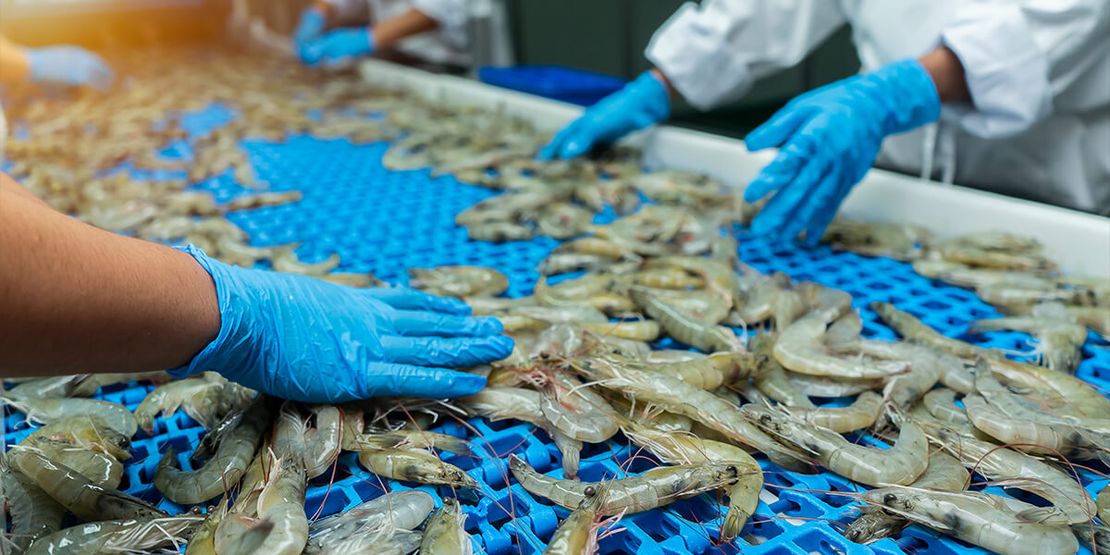Shrimp Farming Technology: Exploring the Pros and Cons
Shrimp farming has emerged as a vital industry globally, supplying a significant portion of the world's seafood demand. Technological advancements have been pivotal in transforming shrimp farming practices, enhancing efficiency, productivity, and sustainability.
However, alongside the benefits, there are challenges and considerations associated with the adoption of technology in this sector. This article explores the role of technology in shrimp farming, its advantages, disadvantages, and the broader implications for the industry.
Advancements in Technology
Recirculating Aquaculture Systems (RAS)
RAS technology represents a groundbreaking innovation in shrimp farming, offering a closed-loop water system that minimizes water usage and environmental impact. By recycling water, RAS conserves resources while creating a controlled environment conducive to shrimp growth. This technology significantly reduces the risk of disease outbreaks and enhances water quality, thereby promoting healthier shrimp and sustainable farming practices.
Automated Feeding Systems
The integration of automated feeding systems has revolutionized feeding practices in shrimp farming. These systems enable precise control over feeding schedules and portion sizes, minimizing food waste and optimizing feed utilization. By ensuring consistent feeding, automated systems contribute to improved shrimp health and growth rates while reducing labor requirements and operational costs.
Water Quality Monitoring and Control
Real-time monitoring systems equipped with sensors have become essential tools for maintaining optimal water quality parameters in shrimp farming. These technologies enable farmers to promptly detect and respond to changes in pH levels, temperature, and dissolved oxygen, mitigating the risk of environmental stress and disease outbreaks. Enhanced water quality management supports sustainable shrimp production and ensures optimal growing conditions.
Genetic Selection and Breeding
Advancements in genetic selection and breeding techniques have empowered shrimp farmers to enhance the genetic traits of their stocks for improved performance and resilience. By selectively breeding shrimp with desirable traits such as disease resistance, faster growth rates, and higher meat yields, farmers can achieve higher productivity and profitability in their operations.
Innovations in Feed Ingredients
The exploration of alternative feed ingredients, including probiotics and prebiotics, has led to innovations in shrimp nutrition and health management. These additives promote gut health, immunity, and disease resistance in shrimp, reducing the reliance on conventional feed sources and minimizing environmental impact. Furthermore, research into sustainable feed formulations aims to optimize nutrient utilization and reduce the ecological footprint of shrimp farming.
Challenges and Considerations
Cost Implications
While technology offers numerous benefits, the initial investment and ongoing maintenance costs can pose financial challenges for shrimp farmers, particularly small-scale operations. Balancing the upfront expenses with long-term profitability requires careful financial planning and strategic decision-making.
Disease Management
Despite technological advancements, disease outbreaks remain a significant concern in shrimp farming, especially in intensive production systems like RAS. The concentration of shrimp populations in closed environments increases the risk of pathogen transmission and amplification, necessitating robust biosecurity measures and disease monitoring protocols.
Environmental Impact
The adoption of technology in shrimp farming may inadvertently contribute to environmental issues, such as increased energy consumption and greenhouse gas emissions. Addressing these concerns requires the implementation of sustainable practices and the integration of renewable energy sources to minimize ecological footprint and mitigate climate change risks.
Socioeconomic Implications
There is a potential risk of technology-driven consolidation in the shrimp farming industry, which may marginalize traditional small-scale farmers and disrupt local economies. Ensuring equitable access to technology and supporting capacity-building initiatives are essential for promoting inclusivity and preserving the diversity of farming practices.
Advancing Shrimp Farming Sustainability through Technology
In conclusion, technology holds immense promise for advancing the sustainability and resilience of shrimp farming operations. From innovative production systems to genetic enhancements and nutrition strategies, technological solutions offer opportunities to address key challenges facing the industry.
However, careful consideration of cost-effectiveness, environmental impact, and social implications is essential to harnessing the full potential of technology while safeguarding the future of shrimp farming. By embracing innovation responsibly and fostering collaboration across the sector, shrimp farmers can navigate complexities and achieve sustainable growth in the evolving aquaculture landscape.
Recommended for you
Hall of Fame (Mine Coffee): A Refreshing Cup of Coffee in Samut Prakan
Tle (Hungry Bear)
Ocha Shabu: All You Can Eat at Rama IV in Bangkok
Tle (Hungry Bear)
The Bear Earth: Pioneering Sustainable Innovation for a Greener Future
The Bear Earth Team
Thai National Theatre: A Cultural Showcase in Bangkok
The Bear Team
Digital Aqua Farming Success: The Role of Business Intelligence for Shrimp Farmers
Riley Sinclair (Digital Aqua Bear)
Kanchanaburi: The Complete City Guide
Dr. Theodore (Professor Bear)















